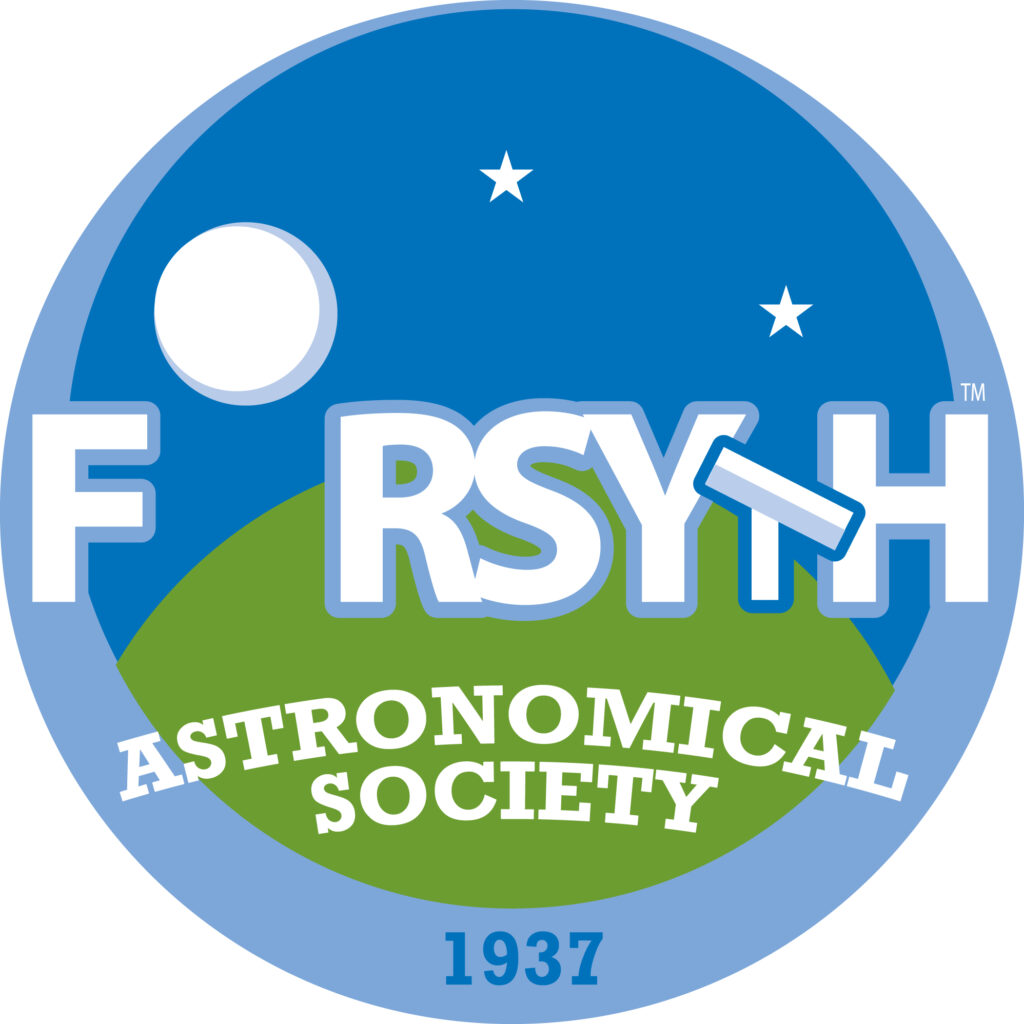







Once you purchase a telescope, the next most important thing is to find the right eyepieces. Well, you thought there were many telescope options, wait until you see all the choices for eyepieces. A telescope Eyepiece is required to focus and magnify the light captured by the telescope so that you can view a large and sharp image.
Most telescopes come with at least two eyepieces (e.g., 25mm for low magnification and 10mm for higher magnification). Start with the lower magnification (wider field of view) eyepiece to locate an object. Then move to the higher magnification (narrower field of view) to zoom in on the details.
Eyepiece Barrel Size
Eyepieces come in 1 ¼” and 2” to fit the equivalent sized focusers. Almost every modern telescope has a focuser that will accommodate 1 ¼” eyepieces. Only larger aperture telescopes typically have 2” focusers and support 2” eyepieces.
The 1 ¼” are generally cheaper and lighter, but have a narrower field of view.
The 2” are generally more expensive and heavier, but offer a wider field of view.
Focal Length and Magnification
The Focal Length of an eyepiece is the distance light travels through the eyepiece to your eye.
A telescope’s magnification is: The focal length of the telescope divided by the focal length of the eyepiece
A 1000mm telescope / 25mm eyepiece will magnify 40 times. —— A 1000mm telescope / 10mm eyepiece will magnify 100 times.
High magnification is not always the best!
The higher the magnification, the dimmer and fuzzier the object becomes.
The higher the magnification, the smaller your viewing area (field of view) becomes.
A common rule of thumb is that the highest practical magnification is around 50X for each inch of aperture. A 6” telescope would have a theoretical magnification limit of around 300X. However, the Earth’s atmosphere typically limits your view to around 200X or less. Start with a lower magnification and work up. You’ll usually find a “sweet spot” between clarity of the viewing object and magnification. For a 6” telescope, this might be around 150X or possibly less.
Field of View
Eyepieces have an apparent field of view (AFOV), which is the width of the sky that the eyepiece “sees.”
This is usually around 50o, but can be as large as 100o or as small as 40o.
The true field of view (TFOV) is the width of the sky that you can see using the eyepiece.
TFOV is the apparent field of view divided by the magnification.
As an example, if your eyepiece has a 50o field of view and provides a magnification of 100x, your true field of view is .5o (or around 30’). Note that if the magnification is 1X, the true field of view would be the same as the apparent field of view.
Eye Relief
Eye relief is how far your eye needs to be away from the eyepiece to see a focused image. If it is too short, your eye will push up against the eyepiece. If it is too long, your head will back away from the eyepiece.
For those of you who wear glasses, a longer eye relief is usually best to accommodate for the additional distance from your glasses to your eye.
Exit Pupil
This is the size of the image as it exits the eyepiece. It should be about the size of your eye’s pupil once adapted to the dark (around 5 to 7 mm).
Types of Eyepieces
Plössl are one of the most common eyepieces with focal lengths ranging from 40mm to 6mm and apparent field of view around 50o.
Radian are newer eyepieces with fields of view similar to Plössl, but with larger eye relief and smaller focal lengths.
Tele Vue Nagler are heavier eyepieces with 6 to 8 elements and a wider field of view – up to 82o.
Orthoscopic are older eyepieces with a smaller 40o to 45o field of view.
Although technically not part of an eyepiece, eyepiece filters are very useful and can enhance your viewing. Eyepiece filters block portions of the electromagnetic spectrum (specific wavelengths of light) and allow the glare from bright objects such as the Moon to be reduced and the contrast of other objects such as planets and nebulae to be enhanced. Most filters are sized to fit either a 1 ¼” or 2” eyepiece.
A Moon filter (typically a 13% transmitting filter for larger scopes and 25% transmitting filter for smaller scopes) is recommended.
A nebula or light-pollution filter can be useful in bringing out the shape of a nebula.
Colored filters are helpful when viewing the planets but are most useful with a larger telescope and under dark skies.
Eyepieces can be purchased from many suppliers, including these:
Find out about taking care of and cleaning your optics, including eyepieces, here:
A Few Resources (Eyepieces)
- Adrien R. Ashford. “Telescope Eyepiece Guide.” Sky & Telescope. July 16, 2006.
- “A Guide to Telescope Eyepieces.” BBC Sky at Night Magazine. January 14, 2022.
- Ade Ashford. “Choosing the best eyepiece for you.” Astronomy Now. April 8, 2022.
- “Telescope Eyepiece Guide.” High Point Scientific.
- “Telescope Eyepiece Sizes (Full Guide).” Telescope Guides.
- Jeremy Williams. “1.25″ vs 2″ Eyepiece [The Ultimate Guide].” Astronomy Scope. July 24, 2023. Updated August 29, 2023.
- “A Guide on Choosing the Best Telescope Eyepieces.” OPT.
A Few Resources (Field of View)
- “Magnification – Part I” Astronomical League Handouts.
- “Magnification – Part II” Astronomical League Handouts.
- “Magnification and the True & Apparent Field of View (FOV).” Astronomical League Handouts.
- “Ampliación y el campo de visión real y aparente (FOV).” Folletos de la Liga Astronómica.
A Few Resources (Eye Relief)
- Corey Dallmeye. “Eye Relief: A Handy Guide for Astronomy.” Telescope Boss. July 18, 2022.
- “Eye Relief.” Astronomics.



You must be logged in to post a comment.